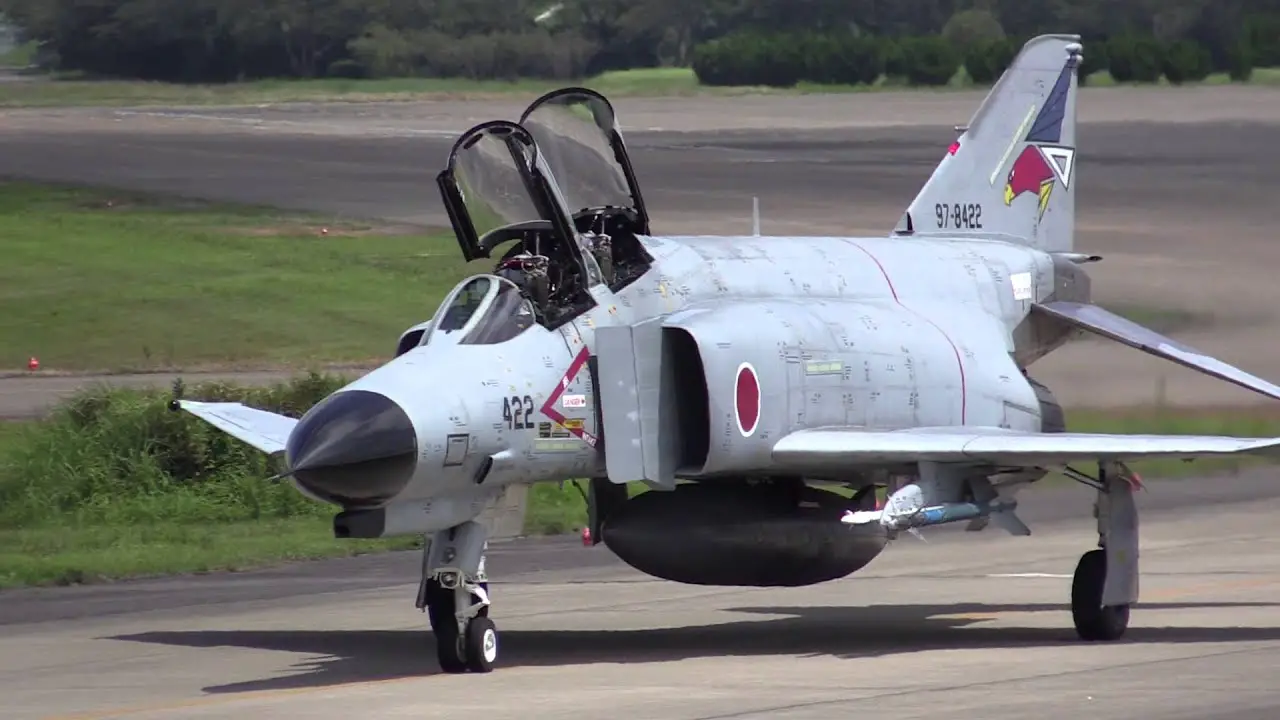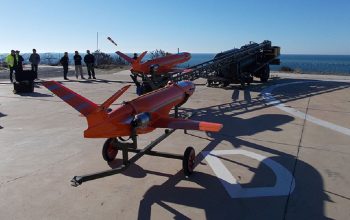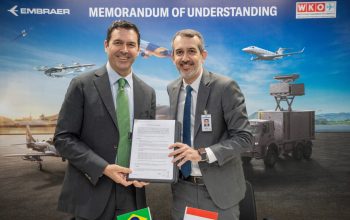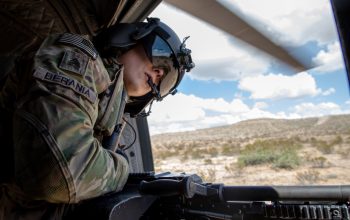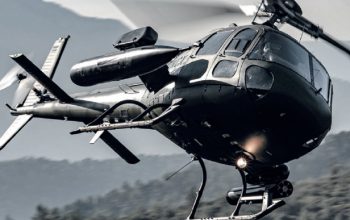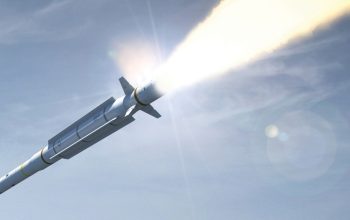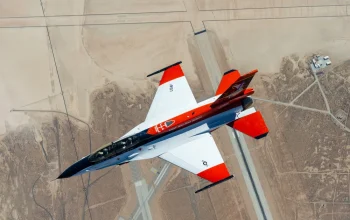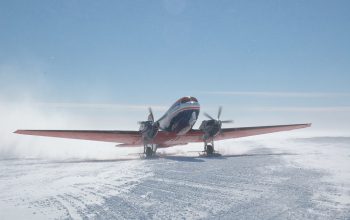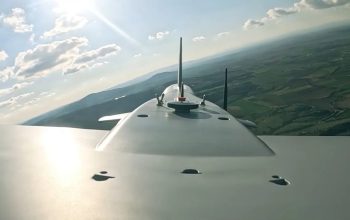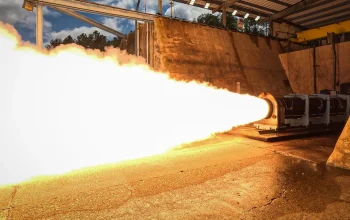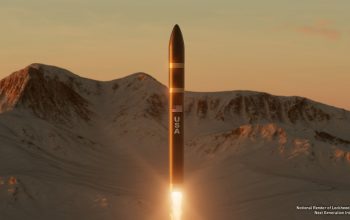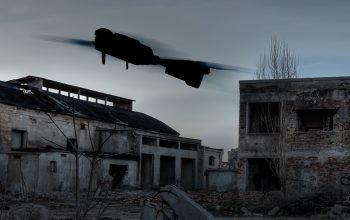From 1968, the Japan Air Self-Defense Force (JASDF) purchased a total of 140 F-4EJ Phantoms without aerial refueling, AGM-12 Bullpup missile system, nuclear control system or ground attack capabilities. Mitsubishi built 138 under license in Japan and 14 unarmed reconnaissance RF-4Es were imported. One of the aircraft (17-8440) was the very last of the 5,195 F-4 Phantoms to be produced. It was manufactured by Mitsubishi Heavy Industries on 21 May 1981. “The Final Phantom” served with 306th Tactical Fighter Squadron and later transferred to the 301st Tactical Fighter Squadron.
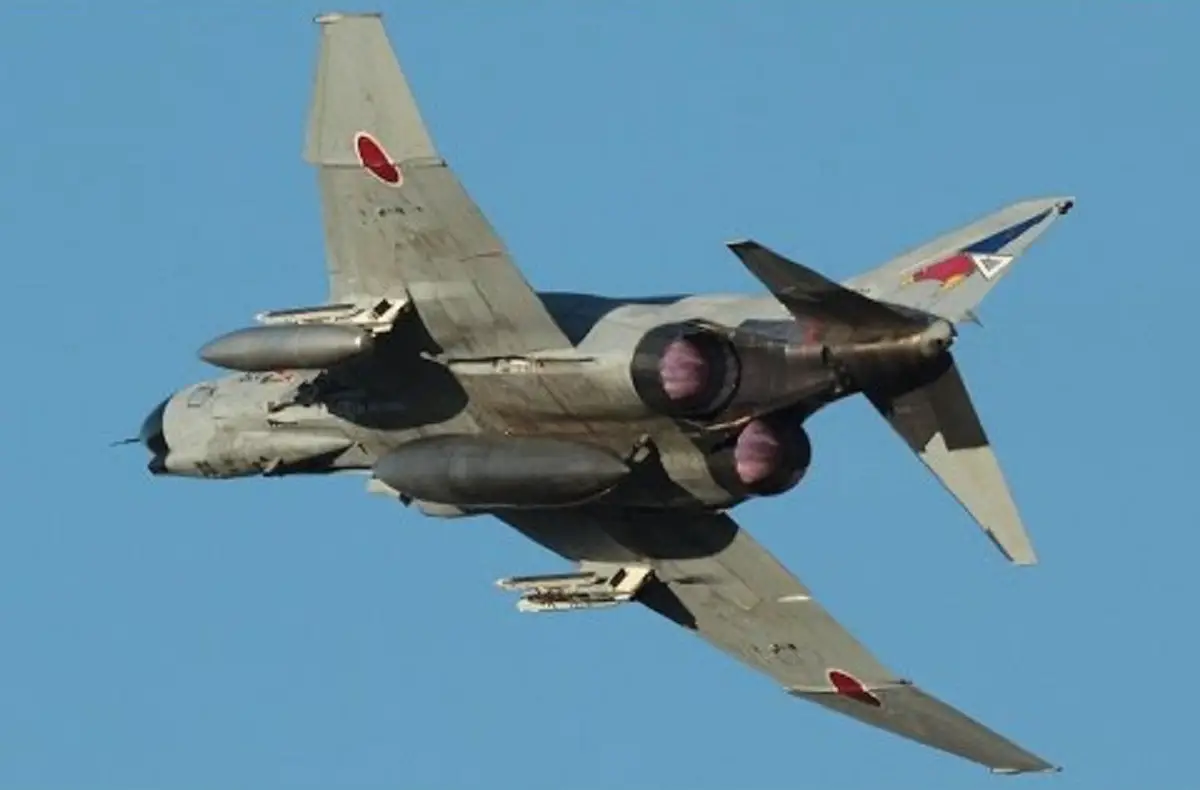
Of these, 96 F-4EJs were modified to the F-4EJ Kai (the suffix “Kai” means “extra” or “augmented”)standard. 15 F-4EJs were converted to reconnaissance aircraft designated RF-4EJ, with similar upgrades as the F-4EJ Kai. The F-4EJ Kai is fitted with the Westinghouse AN/APG-66J pulse-Doppler radar, which is much smaller and lighter than the original APQ-120, but has more operating modes with better lookdown, shootdown capability. Externally, the installation of the new radar can be distinguished by the presence of a new radome which has fore and aft strengthening ribs.The F-4EJ Kai has a a new central computer, a Kaiser heads-up display, a Hazeltine AN/APZ-79 IFF system, and a license-built Litton LN-39 inertial navigation unit.
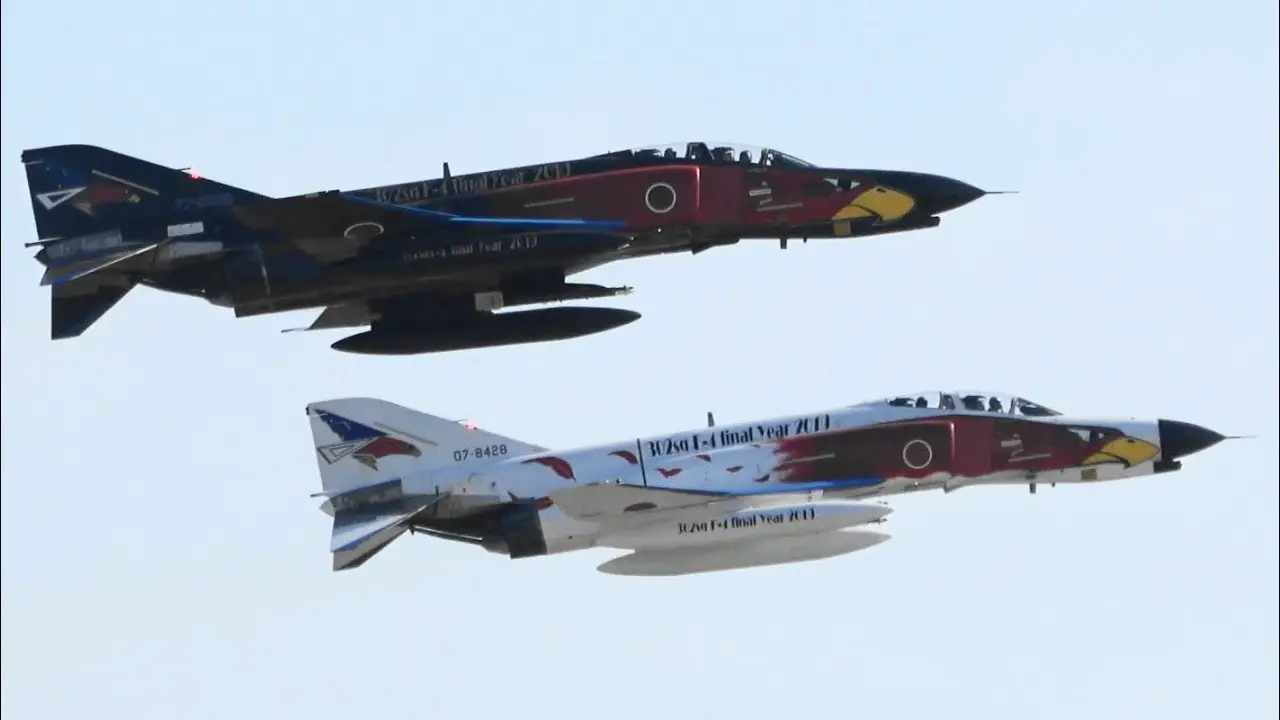
A new J/APR-6 radar homing and warning system is fitted. Twin aft-facing radomes for this system are mounted on the fin tip and forward-facing antennae are mounted on the wingtips. A new, much taller UHF blade antenna is mounted on the dorsal spine, and the lower UHF antenna on the undercarriage door is larger in size. These are about the only externally-visible distinguishing points between the F-4EJ and the F-4EJ Kai. The aircraft often carries a 610-US gallon F-15 fuel tank on the centerline. This tank is stressed to take higher g-loads than was the original F-4 centerline tank.
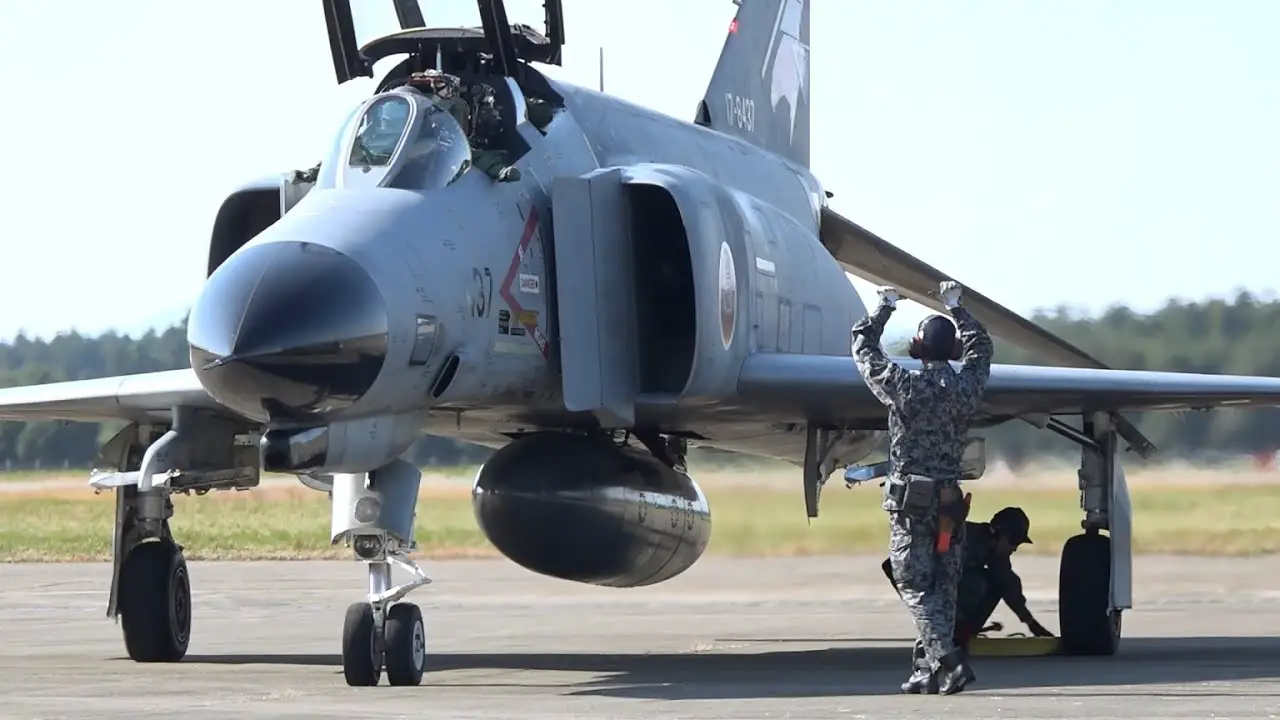
The F-4EJ Kai can launch the AIM-7E/F Sparrow and the AIM-9L/P Sidewinder air-to-air missiles. In addition, the F-4EJ Kai can carry and launch the Mitsubishi ASM-1 antiship missile. This missile has a launch weight of about 1345 pounds and is powered by a Nissan Motors solid rocket engine. It has midcourse guidance provided by an inertial system acting in conjunction with a radar altimeter which maintains an altitude just above the tops of the waves during the final run-in to the target. Terminal guidance is provided by an active radar seeker mounted in the nose. A 440-pound high-explosive warhead is carried. The F-4EJ Kai can also carry the Westinghouse AN/ALQ-131 advanced multimode electronic countermeasures pod. This pod has a wide range of modules and has reprogrammable software which make it capable of quickly countering new threats.

The goals of the program were to bring JASDF F-4EJs up to standards appropriate for the 1990s and to extend their service lives well into the 21st century. Japan had a fleet of 90 F-4s in service in 2007. After studying several replacement fighters the F-35 Lightning II was chosen in 2011. Delays with the F-35 program have meant that some F-4s have remained in service. As of 2017 all three of the JASDF’s remaining Phantom squadrons are based at Hyakuri Air Base in Ibaraki prefecture north of Tokyo. Some F-4s are also operated by the Air Development and Test Wing in Gifu Prefecture.
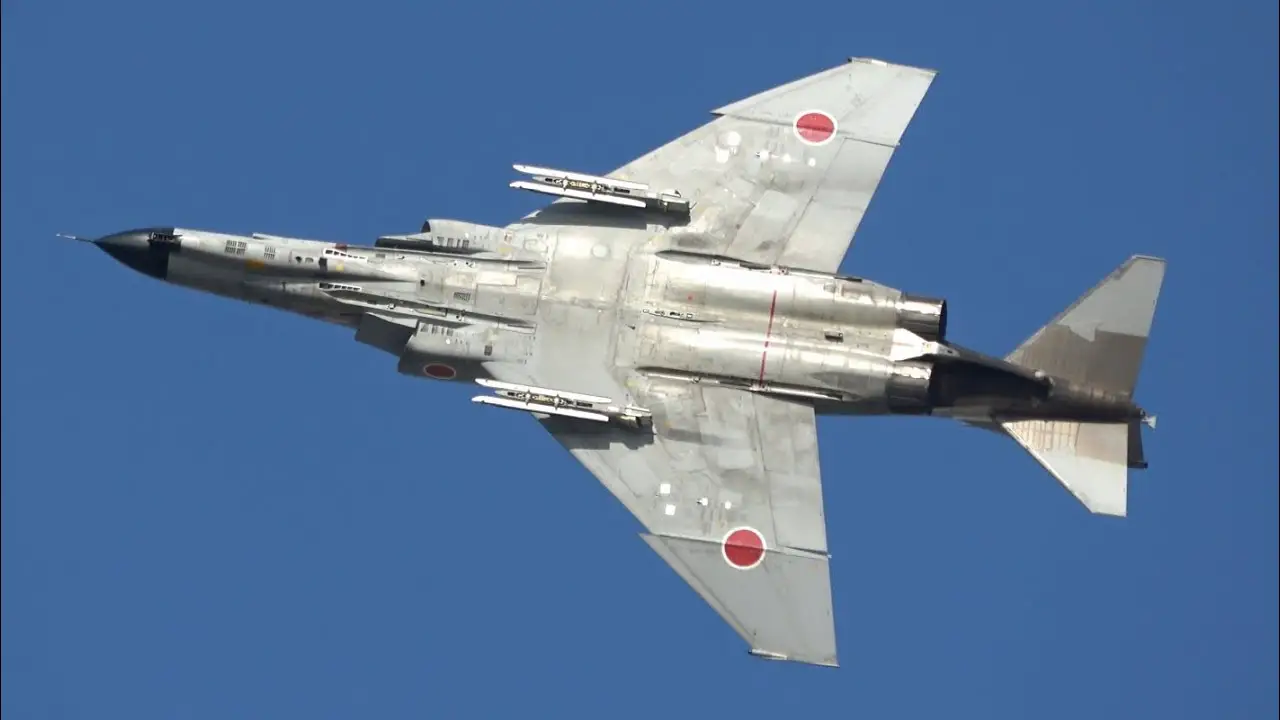
JASDF F-4EJ Phantoms
